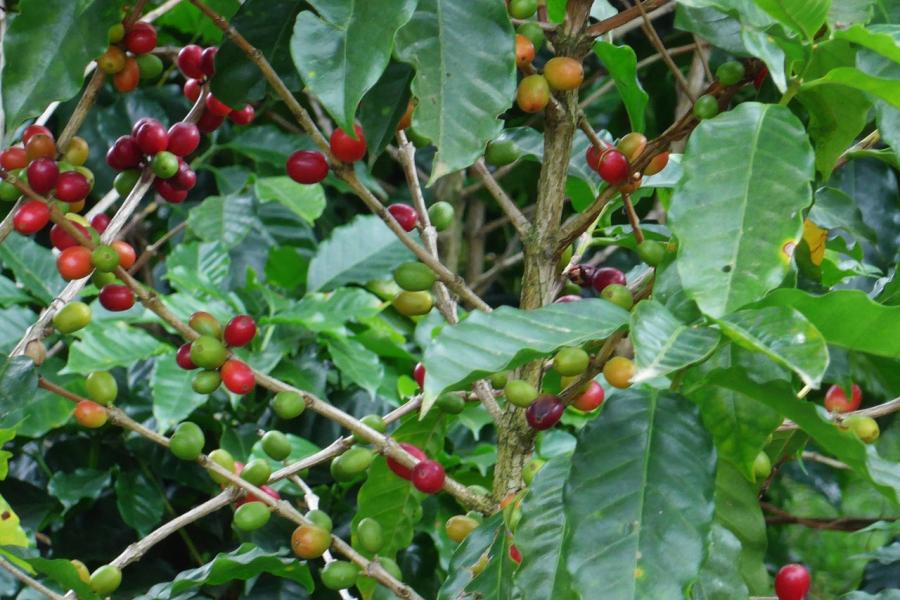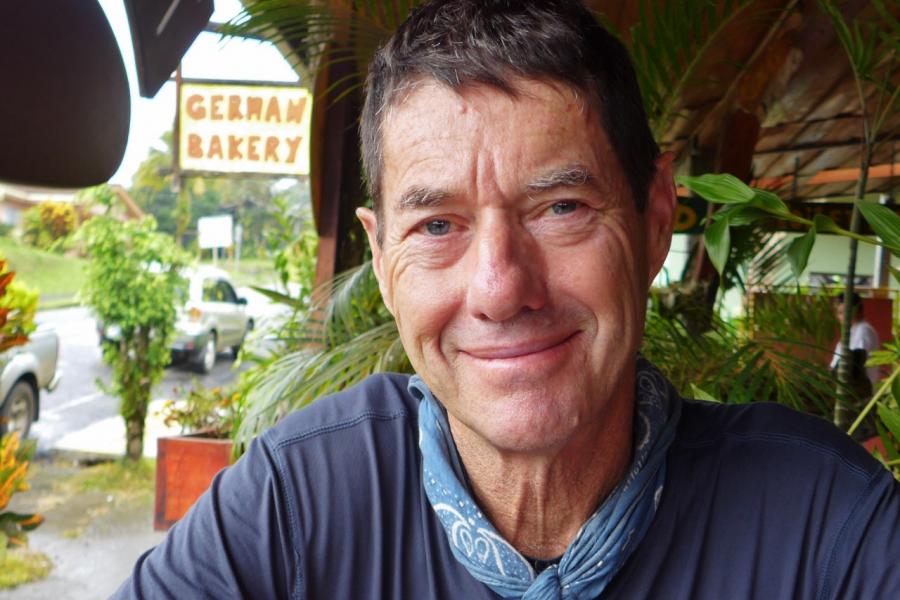An eco diversion (Originally posted 20 Dec 2015)
Country
Another day, another border. “That's the problem with these little countries”, I opined as we stood waiting for stamps at the Costa Rica border, “they're little!”
“What?”
“Well, we'll just finish with this one and we will be ready for another.”
“Hmm”
The man with the stamp arrived to save Jo from any more size-ist remarks and Elephant rolled into country number 37 with a new Costa Rica flag sticker on the windscreen. We had already noticed a significant change as we rode south through Nicaragua which was a wealthier and more settled country than its northern neigbour. Costa Rica was a new standard altogether. This was a neat and clean place; well ordered and peaceful with a prosperous feel. Businesses were still well protected against break-in, but the guards with short barreled pump-guns, that were ubiquitous in El Salvador and Nicaragua, were rare. The country is also serviced by excellent roads and, unfortunately, has US prices.
Our knowledge of Costa Rica had been limited to the little sticker on bananas for sale in Europe or the US and a vague understanding of its place in the Central American isthmus so we were left wondering why this country seemed to be, relatively, successful. The first thing we discovered in search of an answer was that Costa Rica has had a comparatively stable and peaceful history. The country gained its independence from Spain along with Mexico and became part of the Mexican Empire in the early 19th Century. Along with the other Central American countries it threw its lot in with the ill-conceived and short-lived Republic of Central America in 1823 before becoming independent in 1836.
It already had enough stability by the 1840s to fight and defeat an attempted take over of the government by American Filibusters who were intent on turning the country into a slave society. By 1869 the country had managed to transform itself into a democracy, a state it retains today. To be fair, there were a couple of hiccups along the way but these were relatively minor. The most significant was a 44 day civil war when the military took control of the country after a disputed election in 1948. The junta won the day but promptly redrafted the constitution and then disbanded the Army as a “threat to democracy”. Today, Costa Rica has no army which is probably a good thing. Tiny countries always have limited military capacity and are better off taking a more imaginative route to security.
This level of stability allowed Costa Rica to first build a strong economy on coffee and bananas and then to move to a new economy based on eco-tourism and software development. As a result, while there was still some poverty and inequality, the signs of a growing middle class were everywhere. Indeed, they had the whole burgeoning middle class catastrophe. The dogs were no longer emaciated strays but well fed pets, exercised by their owners and most likely washed at a grooming parlour. Joggers and cyclists were common, generally kitted out in fashionable gear. The towns and the countryside were free of litter, the streams free of pollution and the roads jammed with private cars.
Costa Rica is stunningly beautiful and it is easy to see how eco-tourism is the main business. In one tourist town we stayed in a backpackers' hostel where the guests were all young enough to be our grandkids. They spent their days on a wide range of “eco” and adventure activities like white water rafting and the now common zip lines. All of these were US expensive. While we took our usual curious interest in our hostel-mates, they seemed to take no interest in us, or each other for that matter. Whatever they found interesting it was in the small plasma screen of their phones which were never far from their noses.
Lest you think that Costa Rica was a totally wonderful (if expensive) experience another story is needed. We had decided to relocate to a small town to the south east of the capital San José. The only route was through the centre of the capital but, as it is a relatively small place (288,000) and we were going through on Saturday afternoon, we figured it would be an easy ride. How wrong we were. Our arrival in the centre of town coincided with preparations for the major celebration of the San José year, the Festival de la Luz (Light). The main street, the one we needed to use, was blocked off and the side streets were crammed with buses and trucks bringing in the people and equipment that would be used in the parade. The streets were mostly one way and without decent mapping we could not find the way through. The last 50 km of our journey took nearly four hours and had us on a second night-ride in a fortnight.
The moral of this tale is simply that you shouldn't underestimate people or places on the basis of size. San José may have been a small city but it organised traffic chaos like a big city and Costa Rica itself is as grown up as you like.





















